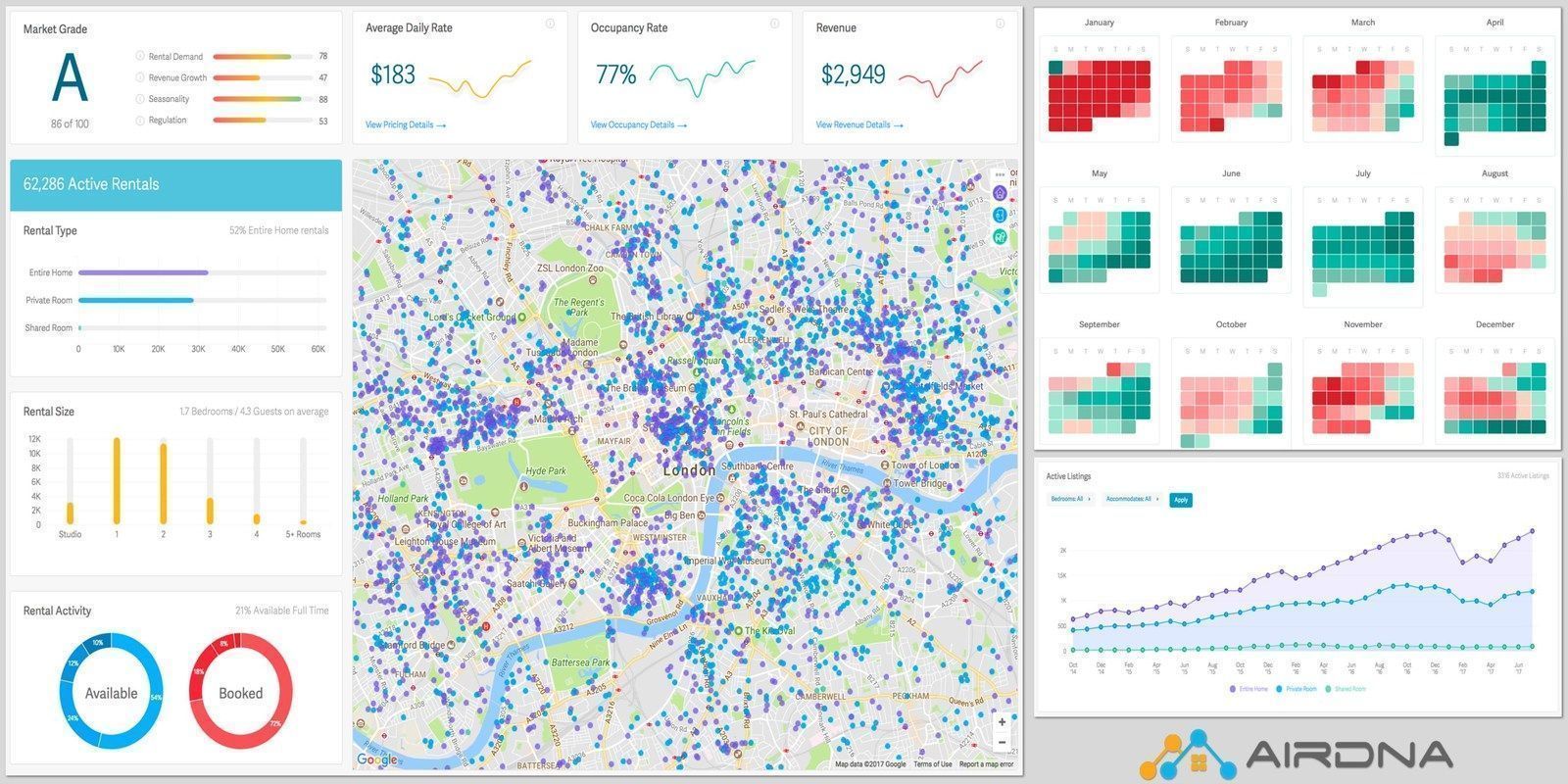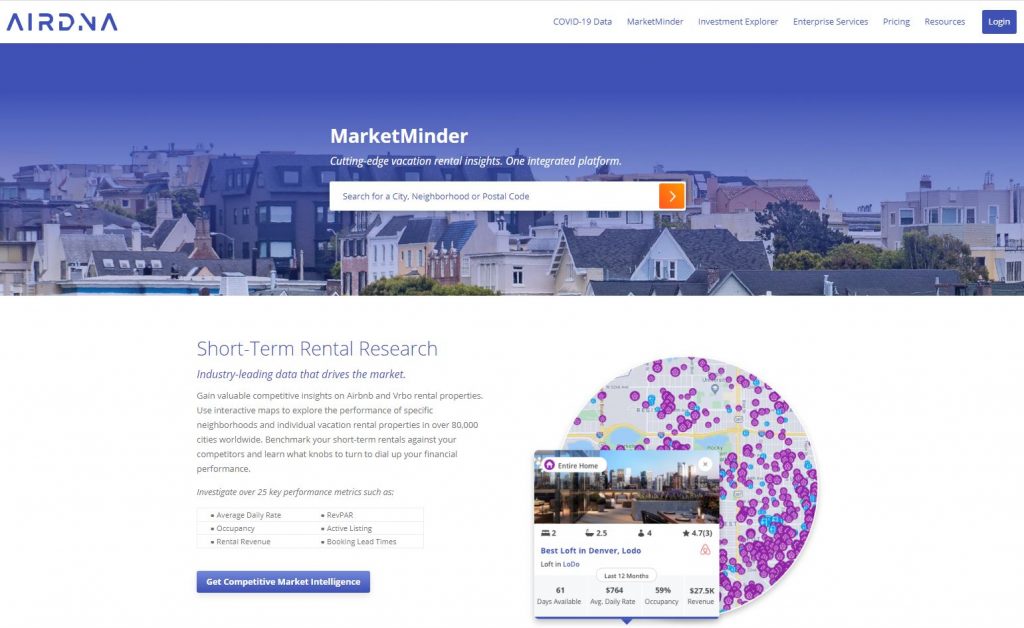


The company thinks that urban demand will fully recover to 2019 levels in late 2023.

In 20, a lot of small urban apartments sat empty, while people were booking large family-friendly vacation rentals in rural and coastal markets.

Yet, it also says that the Average Daily Rate will go down in 2022 compared with 2021. As a result, supply has been tight in 20 in traditional vacation rental markets.ĪDR will go down in 2022 … not because rates will go down, but because smaller urban units will be booked again and drive down the average valuesĪirDNA’s Medium hypothesis states that rates will go up. During COVID, many owners chose to keep their second homes for their use as they were moving away from cities. While they cannot immediately build more properties, they can open up their secondary homes (see more here about the lack of supply in key markets). Less elastic than usual: When demand rises, owners usually find ways to add supply.The overall supply has gone down in cities as apartments were removed from the short-term rental listing sites. Elastic: Owners can choose to turn from short-term to long-term stays.It is less true for urban short-term rentals. Elastic: In seasonal markets (e.g., ski), vacation rentals close off for months on end.The listing is still there, but it is not an “available listing” anymore. Very elastic: It is very easy to close a property calendar on Airbnb, Vrbo, or Booking.Available supply is both more elastic and less flexible than you can think at first sight:


 0 kommentar(er)
0 kommentar(er)
